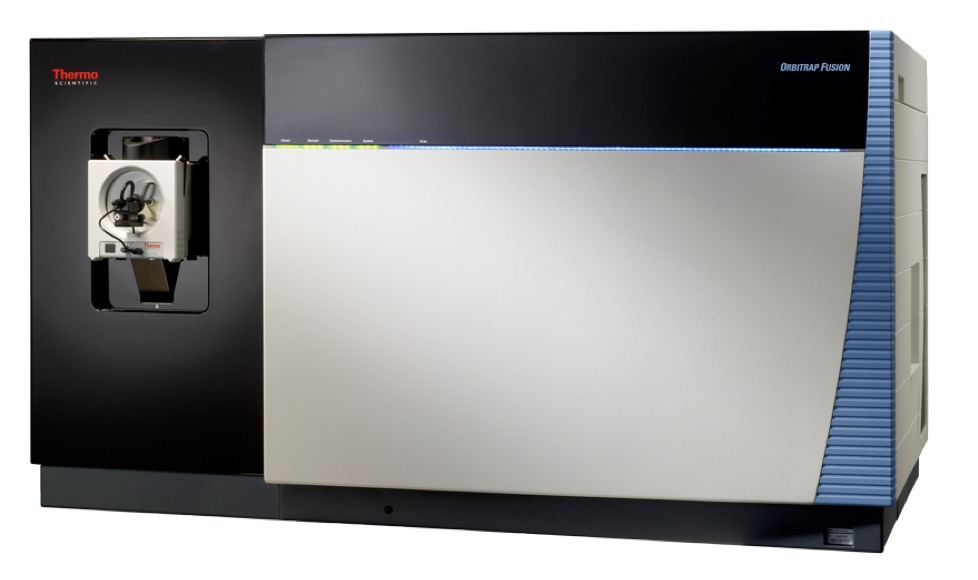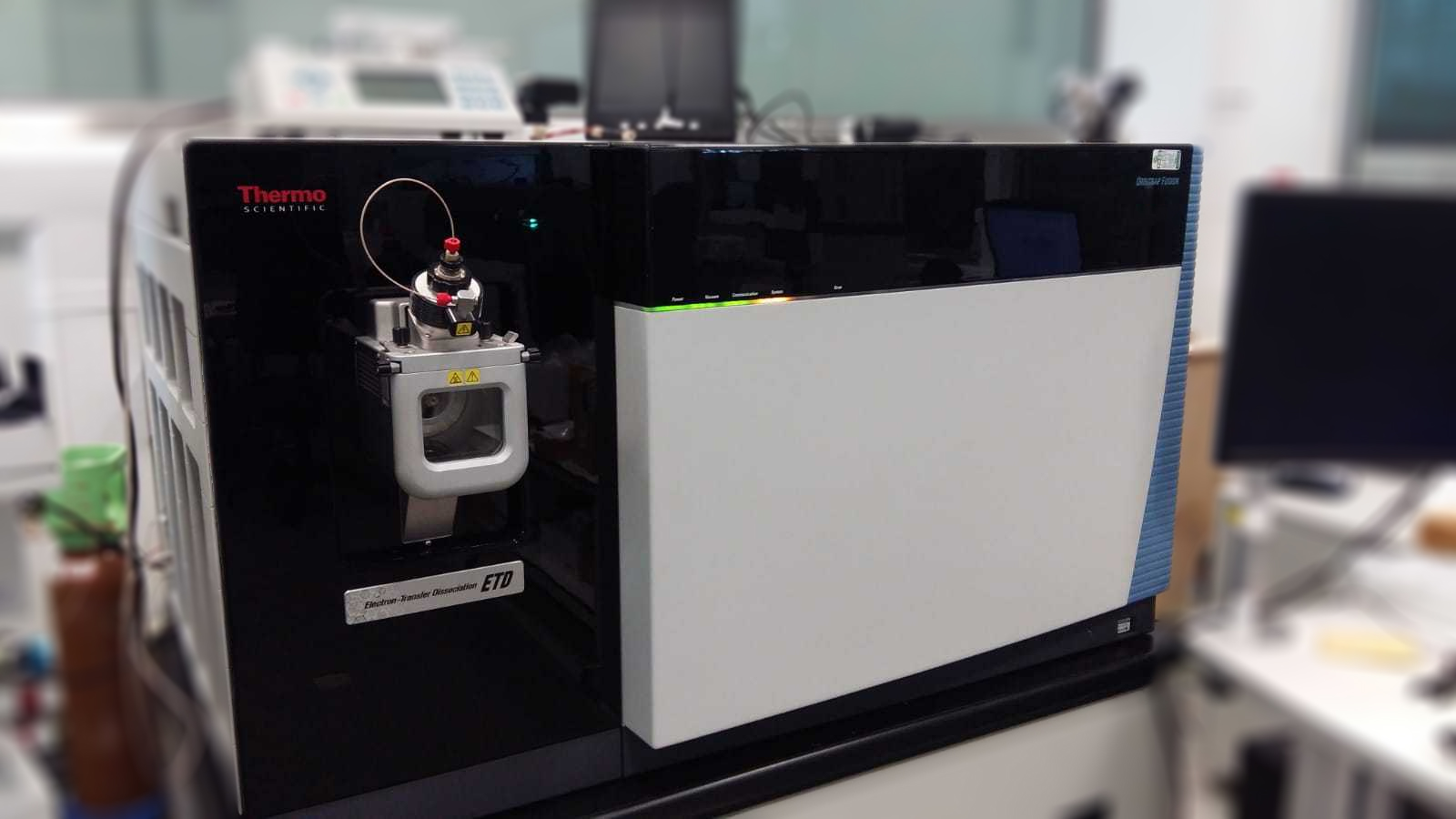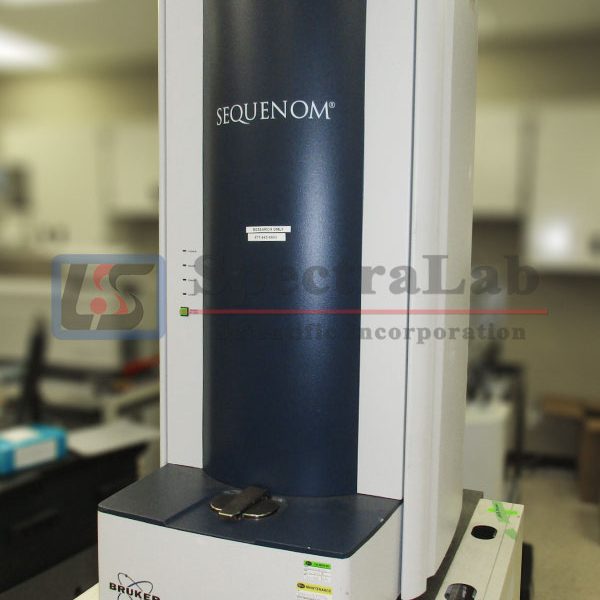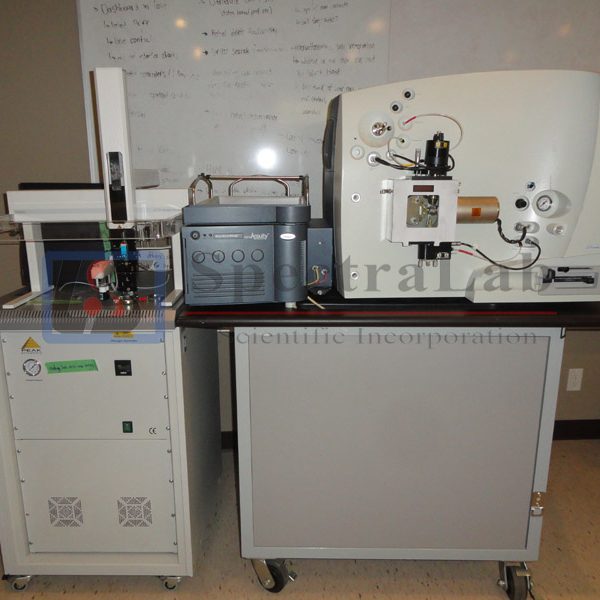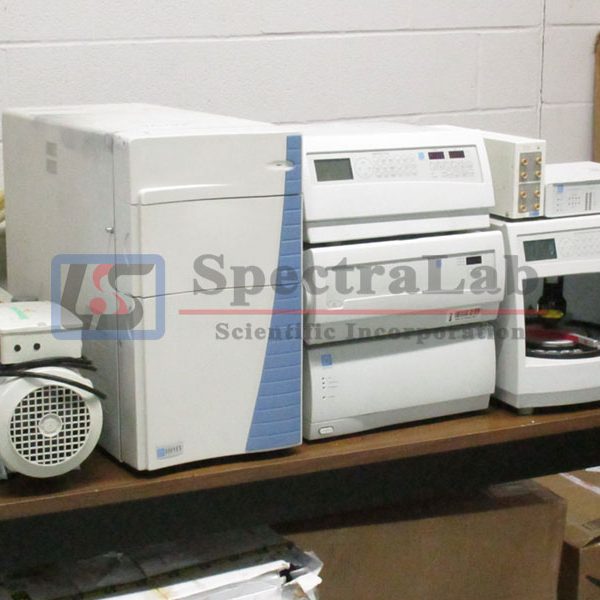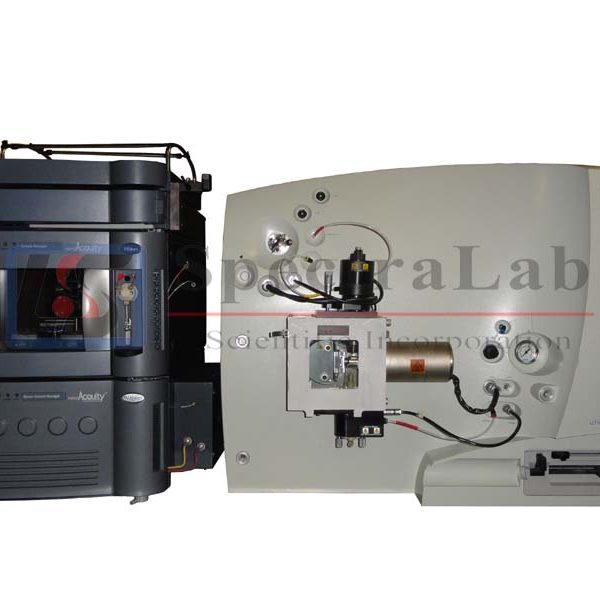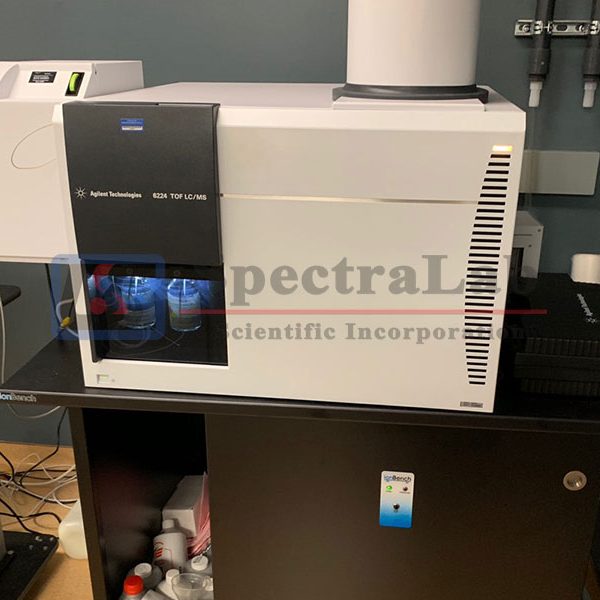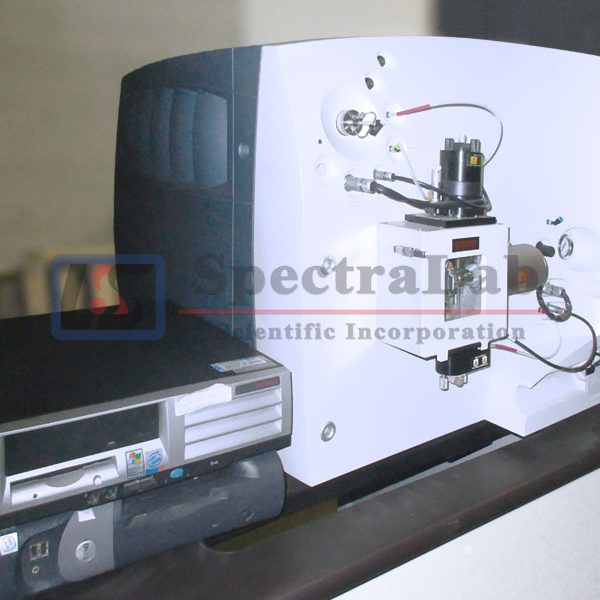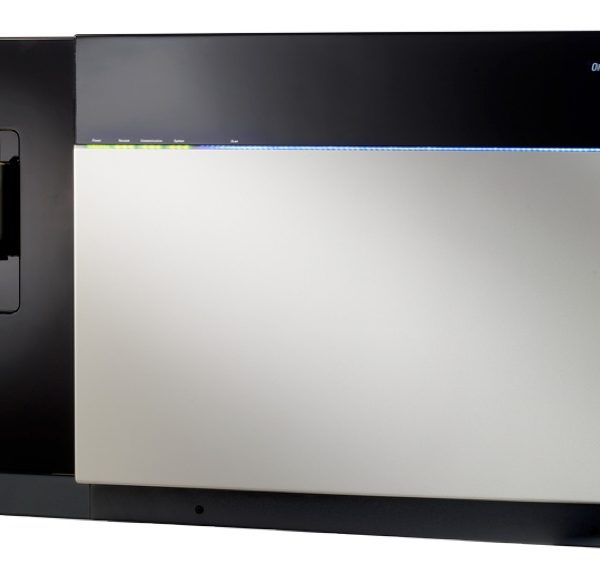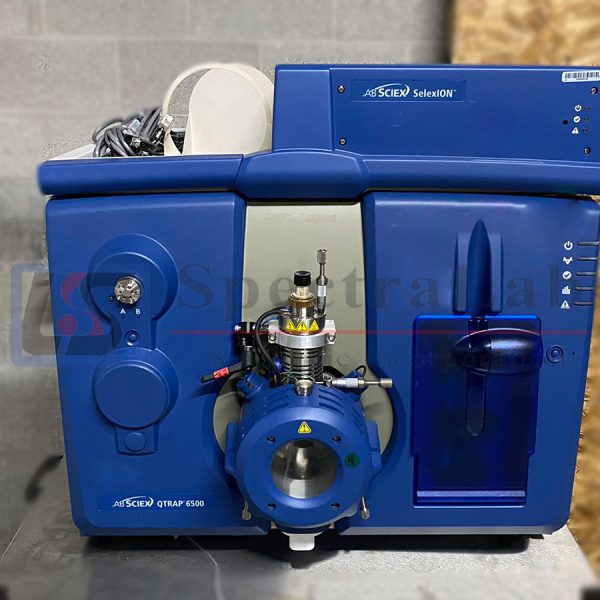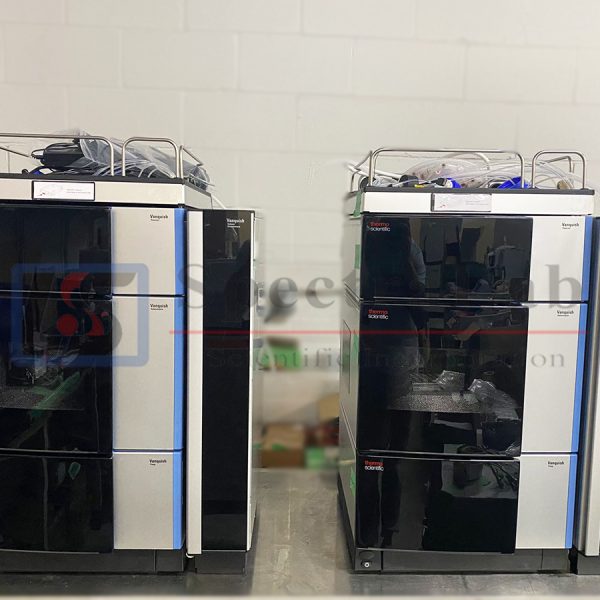The Thermo Scientific Orbitrap Fusion mass spectrometer amalgamates the strengths of quadrupole, Orbitrap, and linear ion trap mass analysis within the innovative Thermo Scientific Tribrid design. This architecture ushers in an unparalleled level of analysis depth, catering to life scientists tackling even the most arduous samples. Whether dealing with samples of scarce abundance, elevated complexity, or intricate chemical structures, researchers can expedite compound identification, enhance quantification precision, and delve into molecular compositions more exhaustively.
The Tribrid architecture seamlessly integrates quadrupole, linear ion trap, and Orbitrap mass analyzers. Various fragmentation techniques—CID, HCD, and optionally ETD and EThCD—remain accessible at any MSn stage, coupled with subsequent mass analysis either in the ion trap or Orbitrap mass analyzer. Concurrent MS and MSn data acquisition optimizes the yield of top-tier data collected. Advanced ion sources and ion optics of the next generation amplify system user-friendliness and durability. Cutting-edge instrument control software simplifies setup, empowers methods, and refines overall operation.
The Orbitrap Fusion Tribrid MS performs a diverse array of analyses, spanning comprehensive discovery investigations, intricate PTM characterizations, and thorough qualitative/quantitative workflows. The inclusivity of multiple fragmentation techniques—CID, HCD, ETD, and EThCD—across any MSn stage, coupled with fragment ion detection in the ion trap or Orbitrap mass analyzer, introduces an unprecedented level of adaptability and efficacy for the most demanding applications. Users can undertake intricate MSn experiments, such as HCD succeeded by ETD or EThCD for glycopeptide analysis, or HCD followed by CID for small-molecule structural scrutiny.
The exceptional resolution of the Orbitrap mass analyzer heightens the confidence in analytical outcomes, enabling determination of molecular weights for intact proteins and definitive differentiation of isobaric species. The unmatched scan rate and resolution of the system prove particularly valuable when confronting intricate and low-abundance samples in proteomics, metabolomics, glycomics, lipidomics, and analogous fields.
The user-friendly interfaces of the tune editor and method editor streamline instrument calibration and method development. The method editor also encompasses an exhaustive assortment of application-specific templates catering to frequently conducted analyses.

